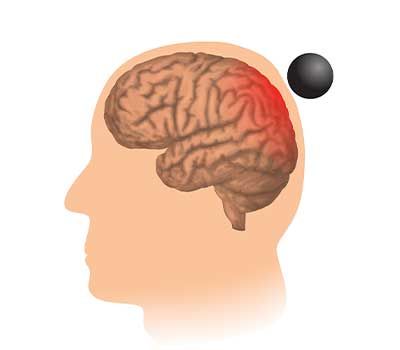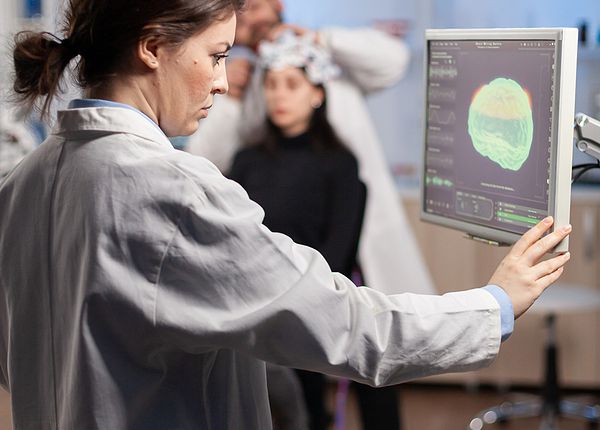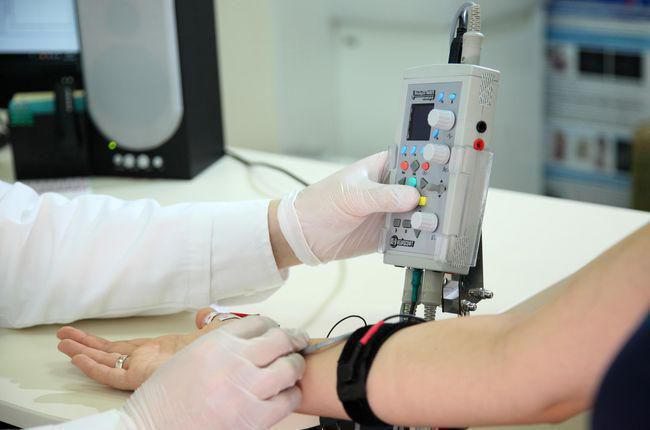Migraine Headaches
Migraines headaches are different from the frequent spells of headaches that we usually experience. They are severe, repetitive, and painful. Extreme pain from migraines can last for hours or even days. The condition can result in an aura of sensory disturbances and throbbing headaches that accumulate on one side of the head. Patients between the ages of 15 and 55 are known to suffer from migraines due to several reasons.
What causes migraines?
Studies reveal that migraines are the results of abnormal brain activities affecting the way by which nerves interact between themselves. Genetic factors can also make a patient more susceptible to the triggers that cause migraines.
Migraines caused due to environmental factors such as light, sound, and smell are often accompanied by nausea or vomiting. The following factors are known to set off migraines:
- Hormonal changes
- Emotional triggers
- Physical causes
- Triggers in the diet
- Medications
- Environmental factors such as light and sound
What are the signs and symptoms of migraine headaches?
Common signs and symptoms of migraines are:
- Severe pounding pain experienced on one side of the head
- Nausea and vomiting
- Sensitivity to light
- Pain experienced in the eyes
What are the types of migraines?
Migraines can be broadly classified into two: migraines with aura and migraines without aura.
Aura Migraines
Aura migraines are those that begin after a warning symptom. These symptoms are termed as aura and can be in the form of flashing lights or a blind spot in the eyes. They may last for a few minutes and later fade away.
Migraine headaches without aura
Migraine headaches that occur with absolutely no warning signs are excruciating and may stop patients from carrying out activities. Migraine headaches are also known as “common migraines” that affect almost 75% of the population. Symptoms involve nausea, vomiting, low blood pressure, sensitivity to light and sound, etc.
Episodic Migraines
Episodic migraines that cause pulsing discomfort on one side of the head with moderate-to-severe intensity. Such migraines can be aggravated by physical activity along with nausea, vomiting, and sensitivity to light and sound.
Treatment for Migraine Headaches
Treating migraine headaches depends on how frequently they occur. Medications prescribed would be to prevent triggers, attacks, and relief from severe pain. Acute and chronic migraine headaches can be treated with over-the-counter medicines like Tylenol, ibuprofen, naproxen sodium, and others. It is advised to take up medications only with a doctor's prescription.
Migraine headaches are not life-threatening and are curable. Visit our practice in San Jose for further assistance with your condition. Call us today to request an appointment at (669) 235-4188.




